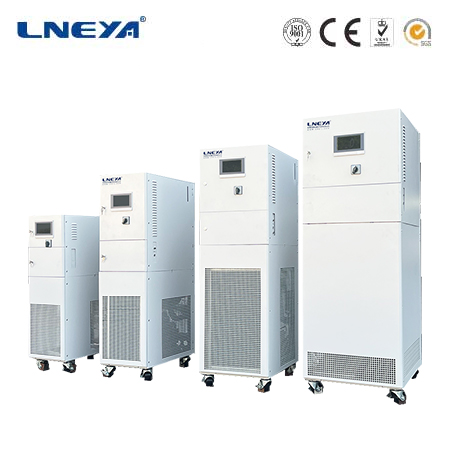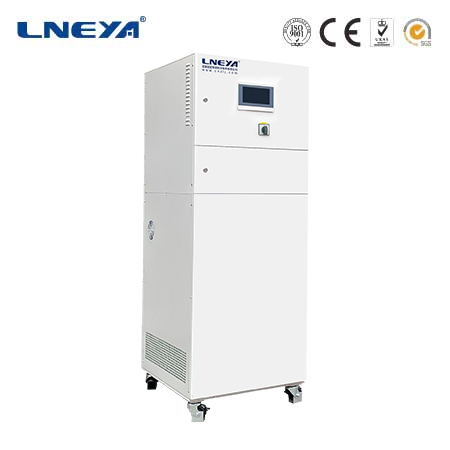energy efficient heating and cooling
Energy Efficient Heating and Cooling: A Comprehensive Guide
In an era where energy conservation and environmental protection are of paramount importance, energy efficient heating and cooling systems have become essential for both residential and commercial buildings. These systems not only help reduce energy bills but also contribute significantly to minimizing greenhouse gas emissions. This comprehensive guide delves into the various aspects of energy efficient heating and cooling, from technologies and products to design strategies and maintenance practices.

Energy – Efficient Heating Technologies
Condensing Boilers
Condensing boilers represent a significant advancement in heating technology. Traditional boilers typically lose a substantial amount of heat through the flue gases, which are exhausted at high temperatures. In contrast, condensing boilers are designed to extract a greater amount of heat from the combustion process. They achieve this by condensing the water vapor present in the flue gases. As the water vapor changes from a gaseous state to a liquid state, it releases latent heat, which is then captured and used to heat the water in the boiler. This process increases the overall efficiency of the boiler, with many modern condensing boilers achieving efficiencies of over 90%, compared to the 60 – 80% efficiency of older non – condensing models. Condensing boilers are suitable for both residential and commercial applications, especially in areas where natural gas is the primary fuel source.
Air – Source Heat Pumps
Air – source heat pumps are versatile devices that can both heat and cool a space. They work by transferring heat between the indoor air and the outdoor air. In heating mode, the heat pump extracts heat from the outdoor air, even in cold temperatures, and transfers it indoors. This is made possible by the refrigerant cycle, where the refrigerant absorbs heat from the outdoor air in the evaporator, gets compressed to increase its temperature and pressure, and then releases the heat indoors in the condenser. In cooling mode, the process is reversed, with the heat pump removing heat from the indoor air and releasing it outdoors. Modern air – source heat pumps are highly efficient, with some models achieving a Heating Seasonal Performance Factor (HSPF) of up to 13 and a Seasonal Energy Efficiency Ratio (SEER) of 25 or more. These ratings indicate their excellent energy – saving capabilities compared to traditional heating and cooling systems.
Ground – Source Heat Pumps (Geothermal Heat Pumps)
Ground – source heat pumps utilize the relatively stable temperature of the earth as a heat source in winter and a heat sink in summer. The system consists of a loop of pipes buried underground, filled with a heat – transfer fluid. In winter, the fluid in the pipes absorbs heat from the ground and carries it to the heat pump, which then transfers the heat indoors. In summer, the process is reversed, with the heat pump extracting heat from the indoor air and transferring it to the ground via the fluid in the pipes. Geothermal heat pumps are among the most energy – efficient heating and cooling systems available, with efficiencies often exceeding 400%. However, they require a significant upfront investment for the installation of the underground piping system, although the long – term energy savings can offset this cost over time.
Energy – Efficient Cooling Technologies
Variable – Speed Air Conditioners
Variable – speed air conditioners, also known as inverter – driven air conditioners, offer a more energy – efficient alternative to traditional fixed – speed models. Traditional air conditioners operate at a single speed, cycling on and off to maintain the desired temperature. This frequent on – off cycling consumes a large amount of energy, especially during startup. Variable – speed air conditioners, on the other hand, can adjust their compressor speed based on the cooling load. When the room temperature is close to the set point, the compressor runs at a lower speed, consuming less energy. As the cooling demand increases, the compressor speed ramps up to provide the necessary cooling. This continuous modulation of the compressor speed results in more stable temperature control and significant energy savings, often reducing energy consumption by 30 – 50% compared to fixed – speed units.

Magnetic Bearing Chillers
In large – scale commercial and industrial applications, magnetic bearing chillers are becoming increasingly popular for their high energy efficiency. These chillers use magnetic bearings to support the compressor shaft, eliminating mechanical friction. Reduced friction means less energy is required to operate the compressor, resulting in improved overall efficiency. Magnetic bearing chillers also incorporate advanced control systems that optimize the chiller’s operation based on the cooling load. They can achieve high coefficients of performance (COP), making them an ideal choice for data centers, hospitals, and large office buildings where significant cooling demands need to be met efficiently.
Smart Thermostats and Control Systems
Smart thermostats play a crucial role in enhancing the energy efficiency of heating and cooling systems. These devices are equipped with advanced sensors and connectivity features, allowing them to learn the occupants’ temperature preferences and daily routines. For example, a smart thermostat can detect when no one is home and adjust the temperature settings accordingly to avoid unnecessary heating or cooling. Some smart thermostats can be controlled remotely via a smartphone app, enabling users to adjust the temperature settings before they arrive home, ensuring comfort while minimizing energy waste. Additionally, smart thermostats can integrate with other smart home devices and energy – management systems, providing comprehensive control and optimization of the building’s energy consumption.
Insulation and Building Envelope Improvements
Proper insulation and improvements to the building envelope are fundamental for energy efficient heating and cooling. A well – insulated building reduces the transfer of heat between the indoors and outdoors, minimizing the load on the heating and cooling systems. Insulation can be installed in walls, attics, floors, and around windows and doors. High – quality insulation materials, such as fiberglass, cellulose, and spray – foam insulation, offer excellent thermal resistance. In addition to insulation, upgrading windows and doors to energy – efficient models can also significantly reduce heat loss in winter and heat gain in summer. Double – or triple – glazed windows with low – emissivity (Low – E) coatings and insulated frames help to keep the indoor temperature stable, reducing the need for excessive heating and cooling.
Energy – Efficiency Ratings and Standards
Understanding energy – efficiency ratings is essential for making informed decisions when selecting heating and cooling products. For heating products, the Annual Fuel Utilization Efficiency (AFUE) rating indicates the percentage of fuel that is converted into useful heat. A higher AFUE rating means a more efficient heating system. In the case of cooling products, the Seasonal Energy Efficiency Ratio (SEER) for air conditioners and the Coefficient of Performance (COP) for chillers are important metrics. A higher SEER or COP value represents better energy efficiency, meaning the device consumes less energy to produce the same amount of cooling. Governments and regulatory bodies around the world also set minimum energy – efficiency standards for heating and cooling products to ensure that only efficient models are available in the market, promoting energy conservation and reducing environmental impact.

Government Incentives and Rebates
To encourage the adoption of energy efficient heating and cooling systems, many governments offer incentives and rebates. These can include tax credits, grants, and rebates for purchasing and installing high – efficiency heating and cooling equipment, as well as for making energy – saving improvements to the building envelope. For example, in some regions, homeowners may be eligible for a tax credit for installing a geothermal heat pump or a high – efficiency condensing boiler. Commercial building owners can also take advantage of incentives to upgrade their heating and cooling systems, which not only helps them save on energy costs but also contributes to meeting sustainability goals.
Maintenance and System Optimization
Regular maintenance is key to ensuring the continued energy efficiency of heating and cooling systems. For heating systems, this includes tasks such as cleaning or replacing air filters, checking and tuning the burner, and inspecting the heat exchanger. In cooling systems, maintenance activities involve cleaning the condenser coils, checking the refrigerant levels, and ensuring proper operation of the fans and compressors. Additionally, optimizing the operation of the heating and cooling systems based on the actual usage patterns and environmental conditions can further enhance energy efficiency. This can be achieved through proper scheduling, zoned control, and regular performance monitoring.
In conclusion, energy efficient heating and cooling is a multi – faceted approach that encompasses advanced technologies, smart controls, proper insulation, and regular maintenance. By implementing these strategies, homeowners and building managers can significantly reduce energy consumption, lower utility bills, and contribute to a more sustainable future. Whether it’s upgrading to high – efficiency heating and cooling equipment, improving the building envelope, or taking advantage of government incentives, every step towards energy efficiency makes a difference in both the short and long term.
Related recommendations
high temp controller
402High Temp Controller: Regulating Extreme Temperatures in Industrial Processes Introduction High temp controllers are specialized temperature control devices engineered to operate and maintai...
View detailsenvironment chambers
504Environment Chambers: Applications, Technology, and Market Trends Environment chambers play a critical role in various scientific and industrial applications, from studying atmospheric chemistr...
View detailswater source chiller
87Working Principles of Water Source ChillersThe fundamental operation of water source chillers is grounded in the vapor - compression refrigeration cycle, which involves four essential components:...
View details5000 ton chiller
208In - Depth Guide to 5000 Ton ChillersA 5000 ton chiller is a massive and highly efficient cooling device, primarily used in large - scale industrial and commercial applications. The "ton" in the c...
View details
 LNEYA Thermal Test Chillers
LNEYA Thermal Test Chillers





HelloPlease log in